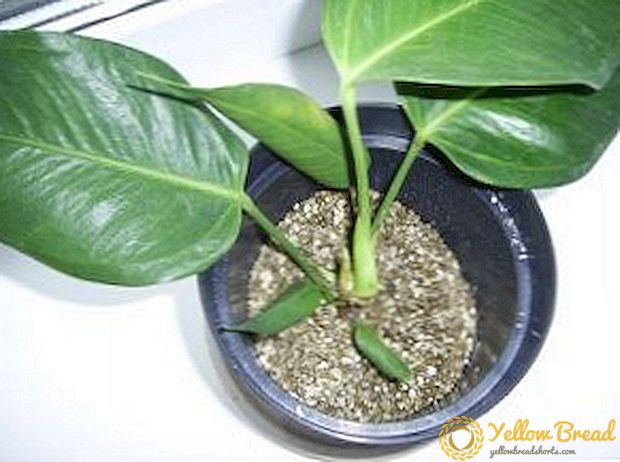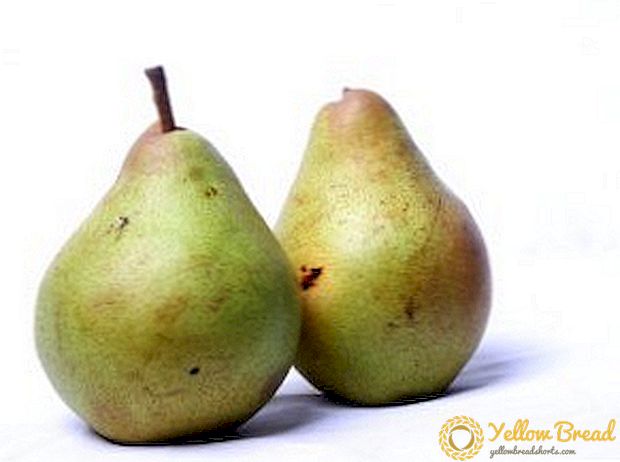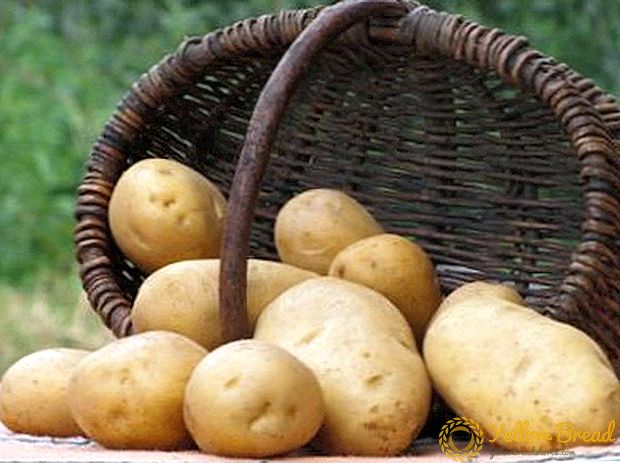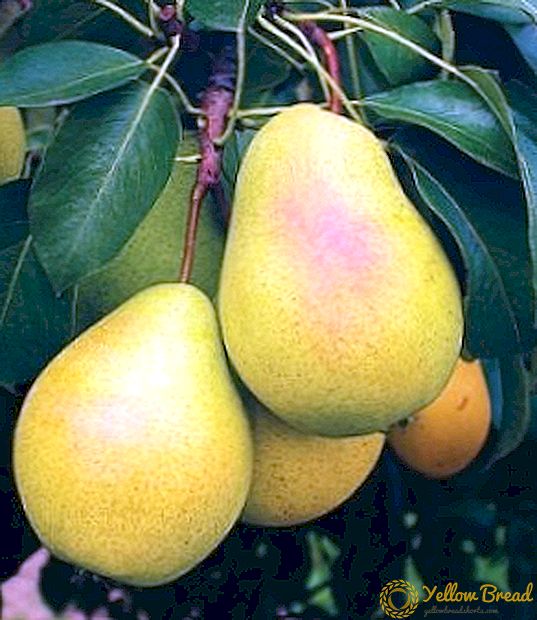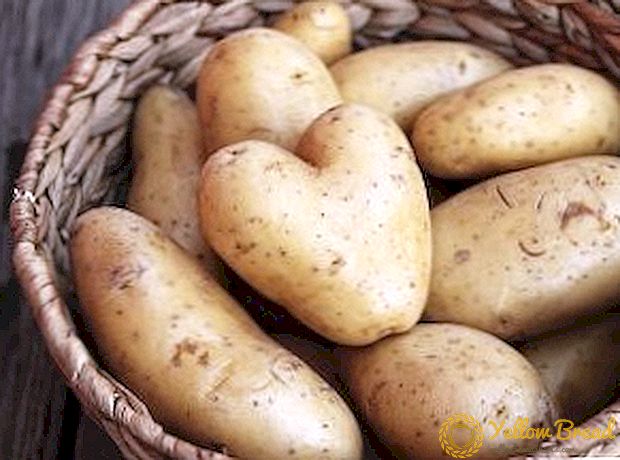 For the storage of potatoes, it is desirable to use special storage facilities - cellars, pits, cellars. However, such storage is not always available, so sometimes you have to save a useful vegetable in a regular city apartment. Let's figure out how to store potatoes in these conditions.
For the storage of potatoes, it is desirable to use special storage facilities - cellars, pits, cellars. However, such storage is not always available, so sometimes you have to save a useful vegetable in a regular city apartment. Let's figure out how to store potatoes in these conditions.
- Preparation of the harvest for storage
- Potato conditions
- Lighting
- Temperature
- Air humidity
- Storage space
- At the entrance
- On the balcony
- In the pantry
- In the kitchen under the sink
- In a refrigerator
- Grade and storage time
Preparation of the harvest for storage
For the successful saving of potato harvest, it should be, first of all, to dry. In dry sunny weather, it can be dried right on the field, but usually, to avoid accidents, it can be dried in a dry, dark ventilated room, for example, in a garage. The procedure usually takes from one to several days - it depends on the state of freshly dug tubers.

Potato conditions
Potatoes are sensitive to the conditions of storage, so you need to follow certain rules, equipping in an apartment or house storage for him.
Lighting
The place for storage must be dark, because under the influence of long-term natural or artificial lighting, the tubers begin not only to sprout, but also produce poisonous solanine, the use of which can lead to severe poisoning.

Temperature
Temperature conditions are also an important factor in the successful storage of this vegetable. At what temperature is it better to store potatoes? The best temperature range for this is from +3 ° C to +5 ° C (some varieties withstand storage at +1.5 ° C). At higher temperatures, the tubers quickly lose their moisture, shrivel, germinate, with negative temperatures turn black, they become sweetish in taste.
Some time (up to three months) potatoes can be kept well at sufficiently high temperatures, but not exceeding 20 ° C. The duration of such storage depends on the particular variety.
Air humidity
Optimum humidity of air for storage makes 80-90%. At lower rates, potatoes quickly change their structure - it becomes soft and flabby. Too high humidity contributes to the development of fungal diseases. To normalize the moisture in the bags or containers with potatoes add beets, which absorbs excess moisture. 
Storage space
Even in a small apartment, you can find places for storing vegetables, while even managing a balcony can be used as a cellar and stored potatoes on it in winter.
At the entrance
The entrance is a very specific location for storing potatoes. There is a risk of yield loss. To prevent this from happening, it is recommended that the storage box be securely fixed on the floor and also equipped with a good lock. In addition, in this tank you need to drill ventilation holes for free access of air to the potatoes.
The level of humidity in the entrance may fluctuate significantly, and therefore you need to control it with a psychrometer or with the help of open plastic utensils. If dark spots appear inside the dishes, this is a sign of increased humidity, which is harmful for potatoes.
The advantages of this place are that it is noticeably cooler at the entrance than an apartment, but it is much warmer there in winter than outside, and the temperature can correspond to the +4 ° C ... +6 ° C range ideal for saving tubers. 
On the balcony
If the balcony is not glazed, then protect the potatoes may apply a protective coating. First, the storage tank should be insulated with insulating material, foam is suitable for this purpose.
In such a box, the tubers do not fit to the top - you should leave space in order to cover the roots with rags.This may be, for example, an old blanket or other unnecessary rags. In addition, at too low temperatures, the box is heated with a conventional electric bulb placed inside (the light bulb must be hidden under an opaque coating). All this will help to maintain sufficient heat and not freeze the tubers.
If the balcony is glazed, the storage method is simplified. A simple wooden box for storing vegetables, but a board to a board, or a few such boxes, will save potatoes at their best. Although in this case we should not forget about the seasonal night cooling and closely monitor the temperature both on the balcony and on the street. If it is critically lowered in winter, vegetables should be covered with a cloth or the heater should be turned on.
In the pantry
Room temperature is not very suitable for saving potatoes, but, nevertheless, quite a few people, in the absence of another place, keep it there. Here, the following should be remembered: after the tubers have been dug up and dried, they are dormant and can sometimes be safely saved up to three months at temperatures up to +20 ° C. For storage in the pantry pick up boxes with good ventilation, while ensuring that the pantry itself was dry and well ventilated.
In the kitchen under the sink
A small amount of potatoes can be stored under the sink in the kitchen. The best container for this method is a wicker basket. They also use pots and buckets, pre-drilling holes in them for better air circulation. Even for short-term storage is not recommended to use plastic bags, it can lead to damage to tubers. It is necessary to carefully monitor the condition of the plumbing, so as not to fill the stored potatoes with running water. 
In a refrigerator
Quite a bit of potatoes can be stored in the fridge. Perhaps this is the most appropriate way of storage, since the refrigerator allows you to constantly maintain the optimum temperature and does not require pre-drying of the storage. For packing tubers it is better to use paper bags.
Grade and storage time
It should be remembered that early ripe potato varieties are absolutely not suitable for long-term storage. By November, they may become unusable.Mid-season varieties whose crops are beginning to be harvested in the middle of summer have much better keeping quality, but late varieties are most suitable for long-term storage.

